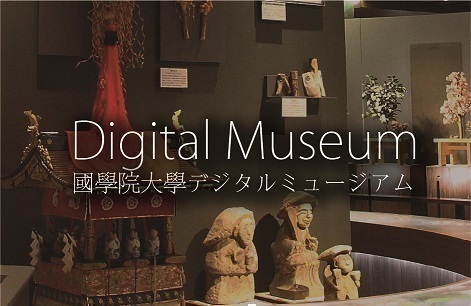- トップ
- Encyclopedia of Shinto
- Chokushi
Encyclopedia of Shinto
| Main Menu: | |
| Links: |
詳細表示 (Complete Article)
| カテゴリー1: | 3. Institutions and Administrative Practices |
|---|---|
| カテゴリー2: | The Emperor |
| Title | Chokushi |
| Text | A messenger who delivered imperial commands. Messengers who were dispatched to shrines on the occasion of either an ordinary or an extraordinary rite were generally called tsukai (messengers), saishi (festival messengers), or hōbeishi. The Taihō Code (702) stipulated that for hōbeishi, "apart from the regular festivals, messengers who bring heihaku to shrines for extraordinary ceremonies must be of the fifth rank or higher and be chosen by divination." An exception was made for the Grand Shrines of Ise Shrines (Ise Jingū). Although the Kannamesai was a regularly scheduled rite at the Grand Shrines of Ise, it still required a messenger who was of the fifth rank or higher. This amendment was made in the supplementary laws (kyaku) that were issued on the twenty-first day of the intercalary sixth month of 730, and also in the Yōrō Code (promulgated in 757). The latter provided that "At the Ise Shrines, [the above regulations concerning messengers] should also apply to the cases of ordinary ceremonies." In addition to the Kannamesai, the court also dispatched messengers to the Grand Shrines of Ise for the Kinensai and for the twice-a-year Tsukinamisai festivals. The composition of the envoy groups differed. For the Kannamesai, the principal messenger was a member of the Ō clan of the imperial family who met the criteria stipulated in the Jingiryō (Prescriptions Concerning Divinities). Accompanying him were the sub-messengers who were Jingikan (Department of Divinities) officials from the Nakatomi and Inbe clans. However, from 753, a Nakatomi official from the Jingikan alone served as a heihakushi (messenger) to the Kinensai and Tsukinamisai. Another category of messenger sent to the Ise Shrines was called the senior-noble messenger (kugyō chokushi ). When a significant event occurred, a senior noble (kugyō) who was either of third rank or higher or a State Council member (sangi) was dispatched to the Grand Shrines of Ise. The first such messenger was sent during the Shiragi assault in 894, during the reign of Emperor Uda. At this time members of the Ō, Nakatomi and Inbe clans, along with a senior palace retainer were sent to Ise. This system flourished from the period of regents to the period of cloistered emperors (the middle to late Heian Period). As a characteristic of this system, ceremonies marking the dispatch the messengers were held in two places: the emperor's residence (the Seiryōden) and in the Koadono of the Daigokuden, which was the main palace of the Daidairi (the administrative areas of the palace). The messenger often received the message in the emperor's own hand. The senior noble Tachibana Moroe's mission in 738 is often commonly seen as the first instance of a kugyō chokushi. However as this was just an example of a kugyō acting as an irregular hōbeishi to deliver offerings, the nature of his envoyship is essentially different from that found in the later office of kugyō chokushi. Other shrines, such as Kasuga, Hirano, Kamo, and Umenomiya were also officially venerated and received messengers from the court on their festival days. For these shrines, the groups of envoys consisted of messengers who represented various offices at court; these offices included the Jingikan, the Bureau of Palace Storehouses, the Office of the Crown Prince, the Office of the Consort, the Headquarters of the Inner Palace Guards, and the Bureau of Stables. Although details varied in each case, typically a messenger from the Jingikan read the "edict" (senmyō) while a messenger from the Bureau of the Palace Storehouses delivered the heihaku offerings from the emperor. Even after the Heian Period, the Jingiryō regulations were the criteria used to select messengers to send to shrines in order to celebrate extraordinary rites. However, for the shrines of "clan deities" (ujigami ), a messenger could only be chosen from clan members who were of the fifth rank or higher. For the "praying for rain" (kiu) rite at the Niu and Kifune Shrines, officials from the Jingikan were appointed as messengers. — Komatsu Kaoru |




